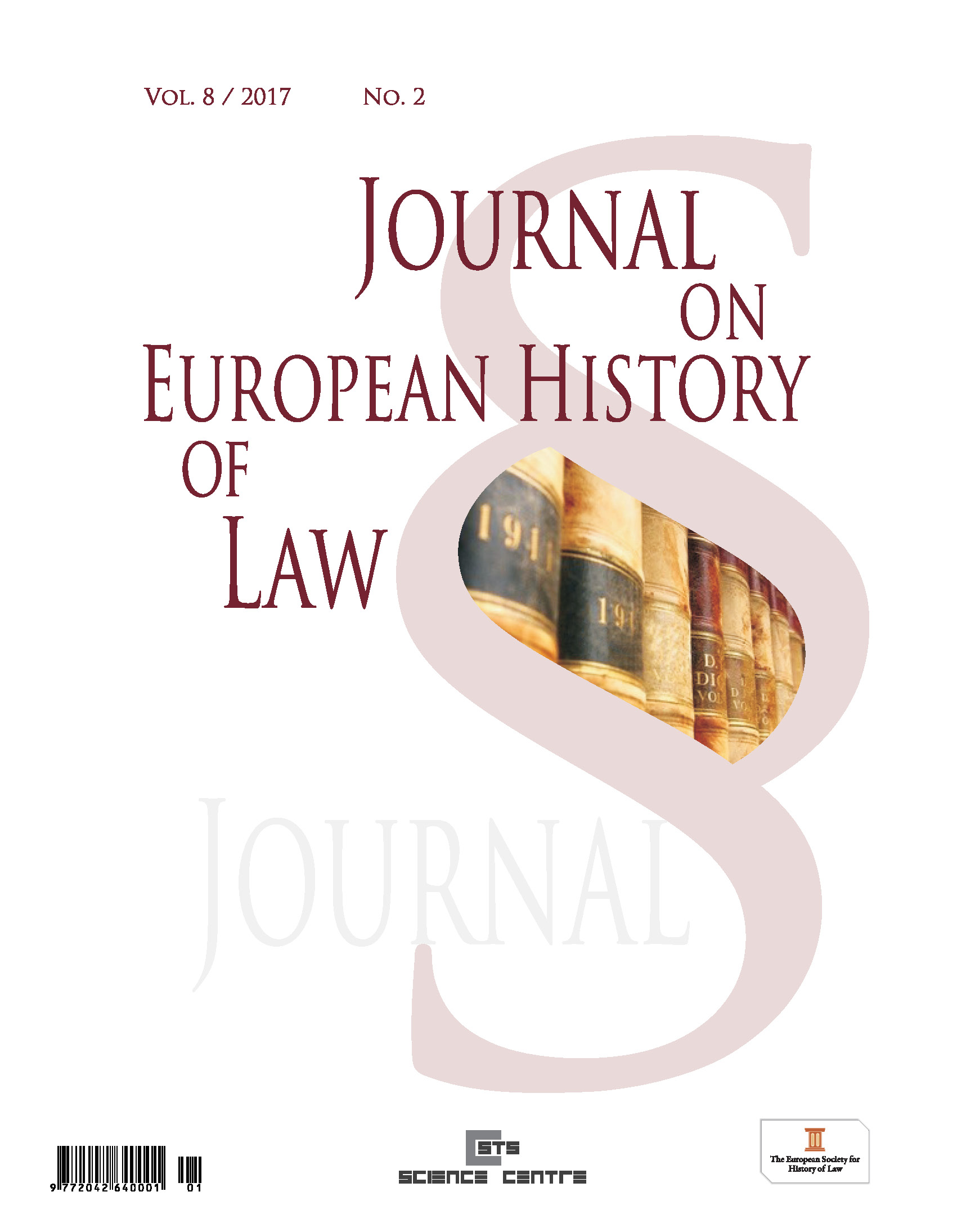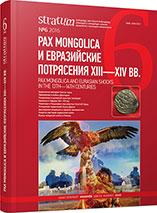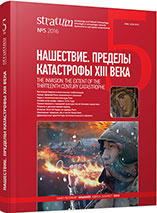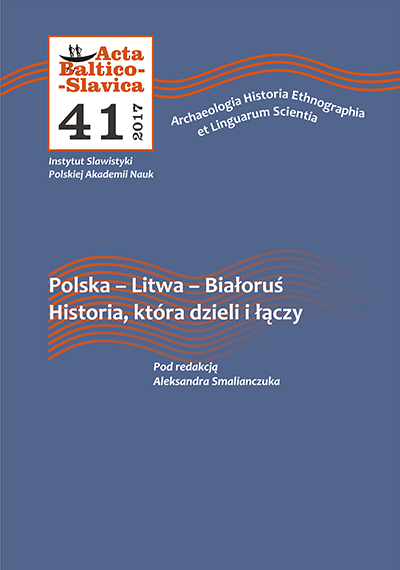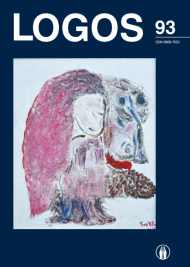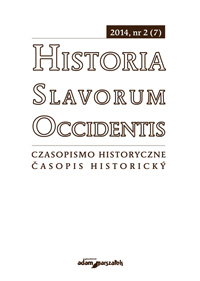Author(s): Damian Kała / Language(s): Polish
Issue: 2/2014
Owing to several reasons, the accurate definition of the powers applicable to individual offices on Polish soil in the period of feudal fragmentation is a formidable task. Firstly, a relatively poor source basis furnishes insufficient normative and direct information regarding the competence of the then officials. Insurmountable interpretative problems stem from the ambiguous Latin legal terminology. We must also take into account the transformations of the then ‘administrative’ organisation which transpired over the years: the expiry of some offices and the emergence of new ones, the loss of hitherto held competencies and the acquisition of other. The examined period was also marked by the existence of disparities between regions It seems reasonable to assume that throughout the period in question there existed dissimilarities, sometimes profound (notably in Silesia). From time to time, modern ideas impinge upon the perception of the conditions prevailing in the distant past, a phenomena noticeable already in the case of medieval historians, and traceable also in the work of professional historians of the nineteenth-twenty century. For historiography associated with the addressed issues typical are several generalisations, often unverifiable in sources. Furthermore, the so called imaginary, invented tradition, which actually is a relatively recent invention, has an adverse effect on historiography. It can therefore be assumed that in the Middle Ages, when making references to the deep-rooted standards was a common practise, attempts were made to provide new arrangements with a pedigree from the distant past. The main objective of this paper is to answer the question what the sources from that period actually reveal about the competence of thirteenth-century civil servants from Małopolska. It is of utmost important in this case that the source be primary, because only they can provide more or less accurate answers to the questions we ask them (ignorance, mistake or some hidden intention of the author are nevertheless always to be expected), unlike later sources (both in terms of the time of production and form), which may have already be contaminated with different amplifications, beclouding the truth. This also leads to the analysis of the reliability of the existing historiographical views on the competence of the thirteenth-century civil servants. The author conducts the analysis of source and historiographical information concerning the competence and the importance of the following offices occurring in the area of Małopolska in the thirteenth century: chorąży (the standard-bearer), cześnik (the cup-bearer), łowczy (the master of the hunt), miecznik (the sword-bearer), mincerz (the mint master), kanclerz (the chancellor), kasztelan (the castellan), konarski (equerry), podczaszy (the deputy cup-bearer), podkanclerzy (the vice-chancellor), chamberlain (podkomorzy), podkoni (the deputy equerry), podłowczy (the deputy master of the hunt), podsędek (the deputy district judge), podskarbi (the grand treasurer), podstoli (the deputy pantler), sędzia (judge), skarbnik (treasurer), stolnik (the pantler), starosta (the governor), wojewoda (the voivode) and wojski (officer responsible for security of districts during war). In the paper the author will merely outline a problem, significant for the Polish medieval studies. Conclusive answers to all doubtful issues are impossible to be provided as of yet, since in the case of some offices we may merely confirm their existence.
More...
